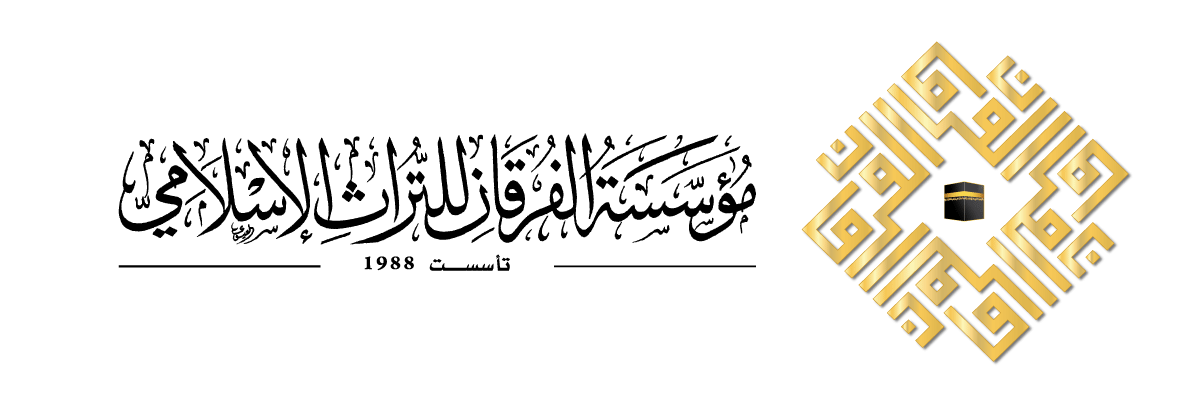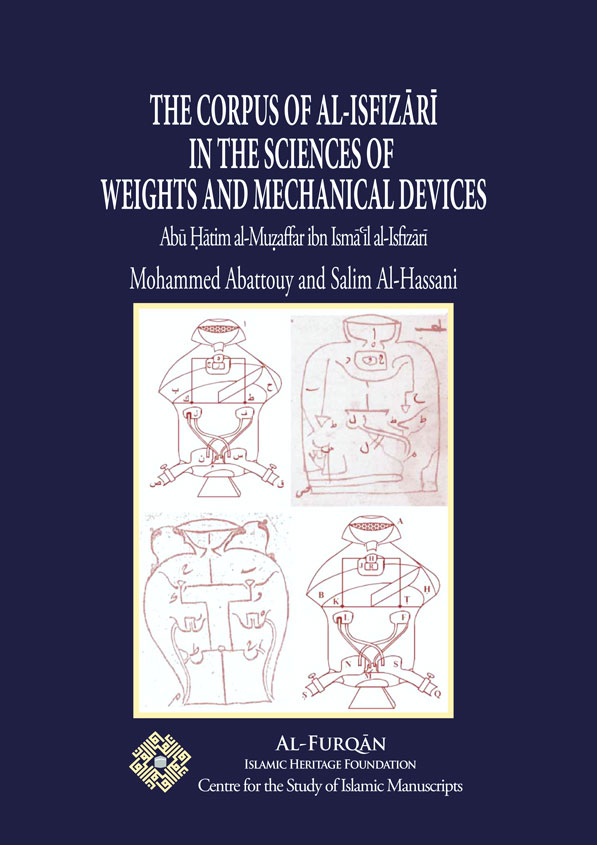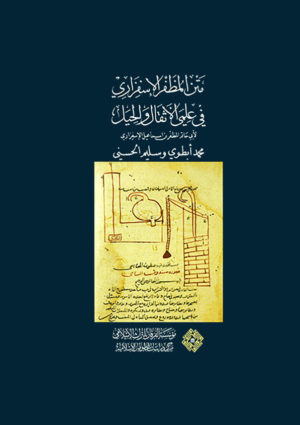Table of contents
Transliteration Chart
Foreword by HE Sheikh Ahmad Zaki Yamani
Acknowledgements
I. General Introduction
FIRST PART
II. The Structure of Arabic Mechanics and the Emergence of the Science of Weights
1. Setting the Stage
2. The Arabic Science of Weights: General Characterisation
3. The Science of Weights in the Arabic Classical Systems of Knowledge
4. An Intercultural History of Mechanics
III. Bio-Bibliography of Al-Isfizārī
1. His Life
2. His Scientific Works
2.1. Various Scientific Writings
2.2. The Corpus of Mechanics
3. The Historical Significance of Al-Isfizārī’s Corpus of Mechanics
3.1. The Composite Structure of the Irṧād
3.2. The Epitome as Methodology in the Codex of Ḥֺiyal
SECOND PART
IV. The Treatise Irṧād: English Translation and Analysis
1. English Translation of the Irṧād
2. English Translation of Al-Khāzinī’s Publication of the Irṧād
3. The Irṧād in the Context of the Arabic Science of Weights
3.1. Introduction
3.2. The Sources of the Irṧād
3.3. Proof of the Law of the Lever
3.4. Reworking the Euclidean Theory of the Steelyard
3.5. Concluding Remarks
THIRD PART
V. English Translation of the Codex of Ḥiyal
1. Reproduction of Banū Mūsā's Machines
2. Reproductions of Philon’s Machines
3. The Notions of the Book of Heron
4. Apollonius’ Book on the Pulley
5. The Fragment on the Clock Box
FOURTH PART
VI. Arabic-English Glossary
VII. Appendices
Appendix 1: List of Manuscripts
Appendix 2: List of Illustrations
Appendix 3: Historical Notes
1. Philon of Byzantium Author of the Pneumatics
2. Heron of Alexandria Author of the Mechanics
3. Kitāb fi 'l-bakara: A Newly Discovered Text of Apollonius
4. Banū Mūsā and their Kitāb al-Ḥiyal
Appendix 4: Tables of Concordance
Appendix 5: Sample Pages from the Manuscripts
VIII. Bibliography
1. Arabic Sources
2. Sources in Other Languages
IX. Index







المراجعات
لا توجد مراجعات بعد.